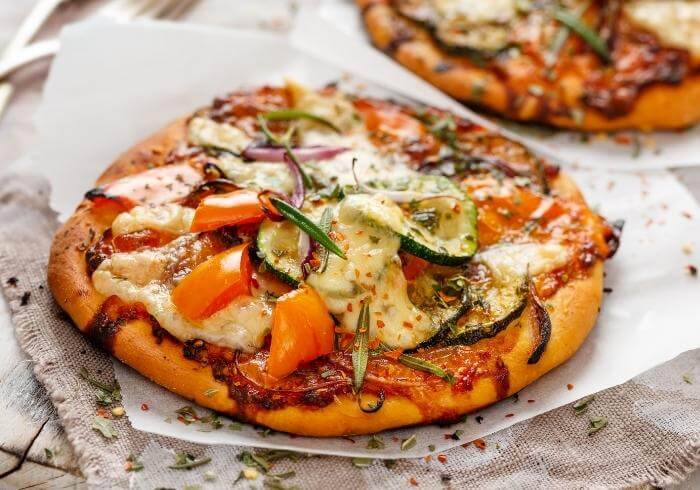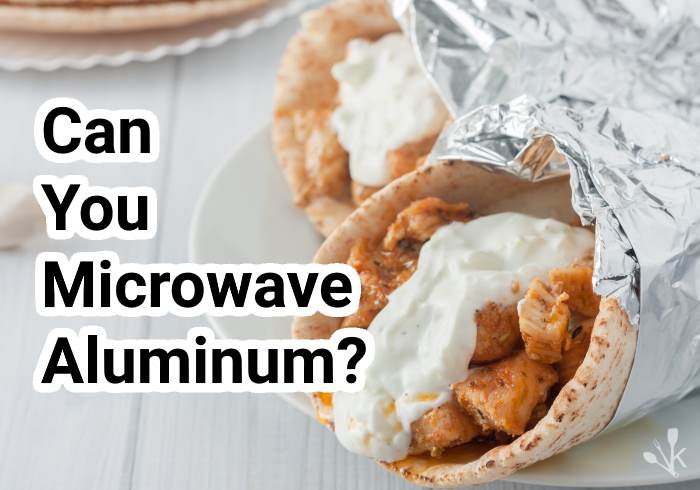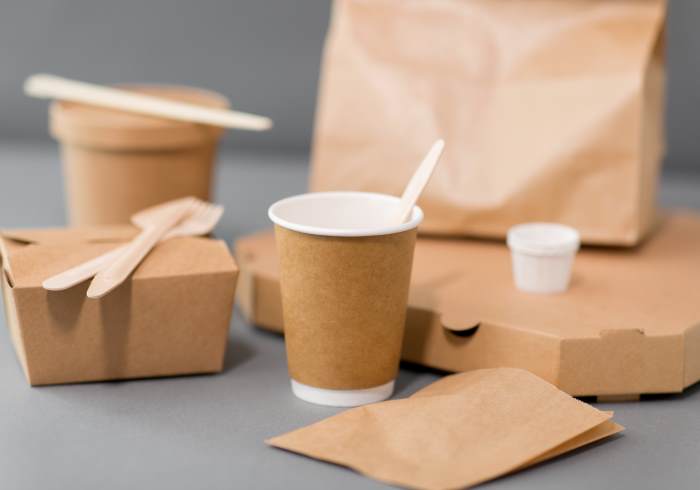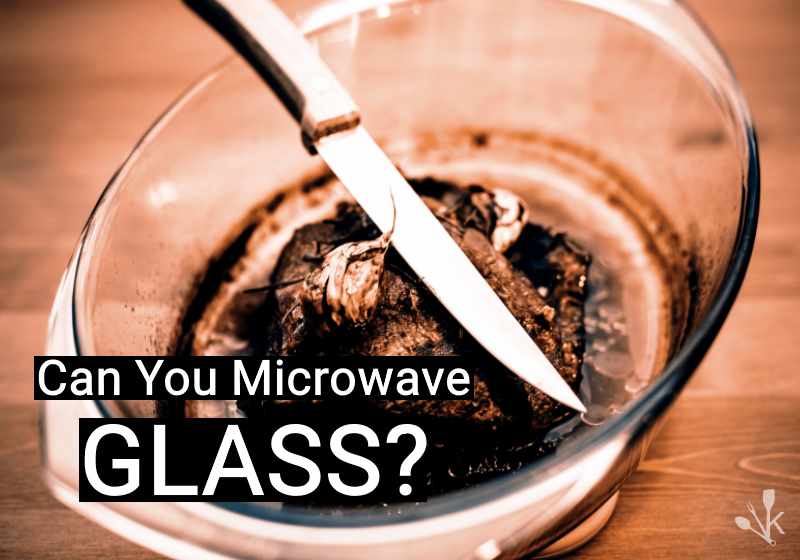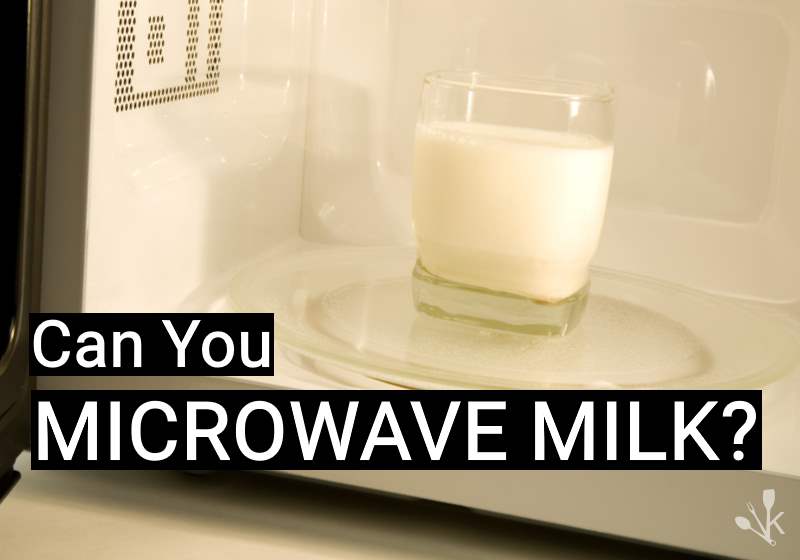Ziploc bags are perfect little closed ecosystems where you can store leftovers safe from air and all the pathogens floating around in it. The problem is it can be a bit of a hassle to transfer the contents over to a different bowl every time you want to reheat some food.
Can you microwave Ziploc bags and containers? Ziploc products are considered safe for reheating in the microwave but not for cooking.
In this article, we’re going to learn how to keep Ziploc products within a safe temperature range in your microwave and what can happen if you don’t.
Are Ziploc Bags Microwave Safe?
According to the manufacturer, genuine Ziploc bags are deemed microwave-safe by the FDA. The plastic in these bags has been found to remain stable when you use them to reheat food in your microwave.
This includes:
- Freezer bags
- Sandwich bags
- Vacuum-seal bags
- Double-zipper bags
- Easy-open tab bags
- Slider bags
- Stand-and-fill bags
- Gallon storage bags
- 50-quart storage bags
- Snack bags
The microwave-safe label on Ziploc bags covers mildly hot temperatures only. We recommend you try to keep the temperature around 170 degrees Fahrenheit or below when microwaving with Ziplocs.
Higher temperatures can permanently deform the bags, and extreme temperatures will melt them into a puddle.
This safe temperature range means Ziploc bags work well in the microwave for reheating and defrosting food and drinks. They don’t work well for cooking, because cooking foods in the microwave usually requires temperatures above the point where the polyethylene they’re made from melts.
It’s notoriously hard to control the exact temperature inside a microwave. Although most foods only need to reach 165 degrees Fahrenheit for safe cooking, most microwaves are controlled by time, not temperature.
Let’s estimate how long it would take an average microwave to reach 170 degrees:
- An average 700-watt microwave takes about three minutes to boil a cup of water.
- Water’s boiling point is 212F.
- This indicates that an average microwave on an average setting takes around two minutes to reach about 170F.
- If you leave a Ziploc bag in the microwave for longer than about two minutes straight, it will probably start warping.
Steaming involves even higher temperatures. Steam has nearly 10 times the energy of boiling water and can burn you much worse. It transfers heat at a much higher rate than boiling water, whether to your skin or to the inside of a Ziploc bag.
We don’t recommend steaming food in your microwave in a Ziploc.
Keep in mind that there are a lot of Ziploc-style bags on the market that are similar to the Ziploc brand but may have different safety specifications.

We recommend you check the microwave safety of your preferred brand before using it in the microwave.
What Are Ziploc Bags Made of?
Ziplocs and other similarly branded bags are made out of a thin, clear plastic their manufacturers call “film.”
The film is usually composed of two specific kinds of plastic: low-density polyethylene (LDPE) and linear low-density polyethylene (LLDPE).
You can generally find out the exact kinds of plastic your preferred brand is made of by checking the label on the box it came in. Low-density polyethylene bags are marked with the number 4 to indicate how they should be recycled.
The polyethylene family of plastics are the most widely used. You can find polyethylene in toothpaste tubes, shopping bags and even some kinds of furniture.
Related | Can You Microwave Styrofoam?
Ziploc manufacturers say they mix different densities of polyethylene to find the best combination of flexibility and durability. We think this means that they use LLDPE on the inner layer of their bags to give them extra strength and LDPE on the outer layer to make them airtight and glossy.
The exact combination doesn’t matter so much since both kinds of plastic have about the same microwave safety rating. Both kinds have been tested and approved for direct contact with food and drinks.
LDPE and LLDPE plastics can withstand both freezing and reheating temperatures. The softening point of these polyethylene plastics falls at about 195 degrees Fahrenheit, which is why our safe temperature recommendation is a bit lower at 175 degrees.
If you use off-brand Ziploc-style bags, check the manufacturer’s website to find out what plastics they use to make their bags. It’s generally safe to microwave bags made from low-density polyethylene, high-density polyethylene and polypropylene.
We recommend you don’t microwave bags made with polyvinyl chloride (PVC) or bags that contain BPA.
Do Ziploc Bags Have BPA?
Bisphenol A (BPA) is an estrogen-like chemical found in many kinds of plastics. A number of recent studies on BPA have indicated that it may contribute to all kinds of nightmarish health complications.
These can include:
- Reproductive issues
- Neurological problems
- Asthma
- Prostate cancer
- Breast cancer
- Endocrine system disruption
- Metabolic disorders
More studies are needed to nail down exactly how BPA interacts with our bodies. The preliminary results we’ve seen have been enough to convince us to avoid BPA as much as possible.
Over the years, BPA has been used in many different plastic products. These include food storage containers, water pipes and the lining found in milk bottles and food cans. Plastic product manufacturers are beginning to cut back on their use of BPA, but you can still find it in an alarming amount of places.
While BPA is an important ingredient in harder plastics like polycarbonate, it isn’t found in the LDPE or LLDPE used to make Ziploc bags. Ziploc manufacturer SC Johnson has a statement on their website declaring all their products to be BPA free.
Are Ziploc Containers Microwave Safe?
Ziploc containers are made out of a different kind of plastic called polypropylene. Polypropylene has a much higher melting point than polyethylene.
Most commercial products made from polypropylene are calculated to melt at temperatures higher than about 320 degrees Fahrenheit. Different polypropylenes have different levels of crystallinity and may melt at slightly lower or higher temperatures.
Even though Ziploc containers have a high melting point, they may still warp at lower temperatures. Like Ziploc bags, Ziploc containers are officially rated as safe for microwave reheating and defrosting only.
You may be able to leave Ziploc containers in the microwave for longer than Ziploc bags, but we recommend extreme caution. Microwaves do everything quickly, and it can only take a few minutes to go from 175F to 300F.
You probably won’t be able to leave your Ziploc container in the microwave long enough to thoroughly cook a dessert or a slab of meat without melting the container.
If your Ziploc container does melt or change color in the heat, we recommend throwing it away.
Only the outer surfaces of these containers are rated safe to come in contact with food. If you alter their surface, the chemicals underneath may leech into your food and make you sick. This also applies to containers with scratched surfaces.
If you’re using an off-brand Ziploc-style container, check the bottom for the wavy lines of a microwave-safe label. Never microwave containers with recycling codes #3 or #7.
Related | Is Tupperware Microwave Safe?
How To Use Ziploc In The Microwave
Here are a few tips to help you stay safe when using Ziplocs in the microwave.
Time To Complete: 2mins
What You Need
- Microwave
- Microwave-safe Ziploc bag
Instructions
- When you reheat food in a Ziploc bag, first cut it up into small pieces each about the same size. This will help the food reheat faster and more uniformly. The faster the food reheats, the less chance there will be that your Ziploc will overheat.
- Be extra careful when reheating food with a lot of fat or sugar. Fat and sugar molecules collect more electromagnetic waves than water molecules. This means they heat up to higher temperatures in the microwave, which can melt your Ziploc sooner.
- Keep the Ziploc zipper unzipped when reheating. We get it, the zipper is the whole point of a Ziploc, but microwaving a sealed container encourages steam to collect inside. The ensuing heat expansion can build up more pressure than a Ziploc can stand, and you run the risk of a small microwave explosion.
- Use your microwave on a low or medium power setting if possible.
- Microwave the food or drink in 30-second increments to make sure the temperature inside doesn’t get above 175F.
- Check your Ziploc bag every 30 seconds for signs of warping or melting.
- Liquids heat faster in the microwave, so wait till the last 30-second rounds to add any sauces. If you add the sauce at the beginning, the temperature in certain parts of the Ziploc bag could rise higher than safe levels before the food is evenly reheated.
- Don’t reheat crispy foods in Ziploc bags. The microwave will make the inside of the bag humid, which makes pizzas and pie crusts soggy. It’s better to reheat crispy foods on top of a napkin.
Final Thoughts
You can use Ziploc bags and containers to reheat and defrost food and drinks in the microwave, but you shouldn’t use them for microwave cooking or steaming.
The polyethylene and polypropylene plastics they’re made of will stay stable for short periods of mild heat but can warp or melt quickly if you microwave them for too long.
Use 30-second increments on a low power setting to keep the microwave temperature Ziploc safe while reheating food. If one of your Ziploc products gets warped or scratched, throw it away.




